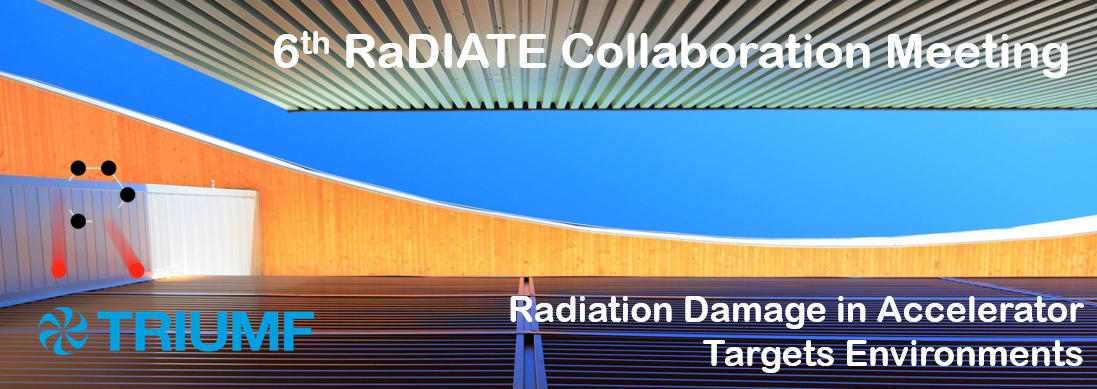Speaker
Dr
Antonio PERILLO MARCONE
(CERN)
Description
During the last two years, a wide range of analyses were performed on different beam intercepting devices at CERN, including numerical simulations, proton-beam impacts at HiRadMat and different post-irradiation examinations. The contribution will focus on new observations related to three recent experiments, one associated to LHC collimator materials and other two more related to targetry applications for secondary beam production.
One of the analyses was focused on the effect of grazing impacts of high-intensity proton beams on metallic coatings applied on different carbon-based materials, tested at HiRadMat (HRMT-35). Apart from the inspections of the damage generated by beam impact, by means of techniques such us X-Ray tomography, FIB, electrical characterisations and adhesion tests, an ad-hoc numerical model was developed, allowing to perform simulations showing good agreement with the experimental results.
In order to obtain the most robust design for the future Antiproton Decelerator target at CERN, several options and combination of refractory metals have been tested under high-energy proton beams at HiRadMat (HRMT-42 and HRMT-48 experiments). According to simulations, extreme dynamic stresses and temperatures were produced in the targets, leading to potential failure of the core material. Extensive post irradiation examination was performed on these targets, including high-resolution neutron tomography, microscopy analyses and other destructive techniques.
In parallel with HRMT-48, in the framework of the future design for the n_TOF target, two prototypes, based on pure lead as core material, were tested at HiRadMat (HRMT-46). Approximately 2500 pulses were impacted on the targets to try to estimate the fatigue behaviour of the core materials under the two different configurations. One of the targets was disassembled and neutron tomography was performed on the lead blocks, which, in addition, were subsequently inspected by other techniques.
A description of the experiments, numerical simulations and post-irradiation observations obtained during 2019 will be presented, together with their impact on the design and operation of such devices.
Primary authors
Dr
Antonio PERILLO MARCONE
(CERN)
Dr
Claudio Torregrosa
(CERN)
Ms
Cristina Bahamonde
(CERN)
Mr
Inigo Lamas
(CERN)
Dr
Jorge Maestre
(CERN)
Dr
Marco Calviani
(CERN)
Mr
Raffaele Esposito
(CERN)

